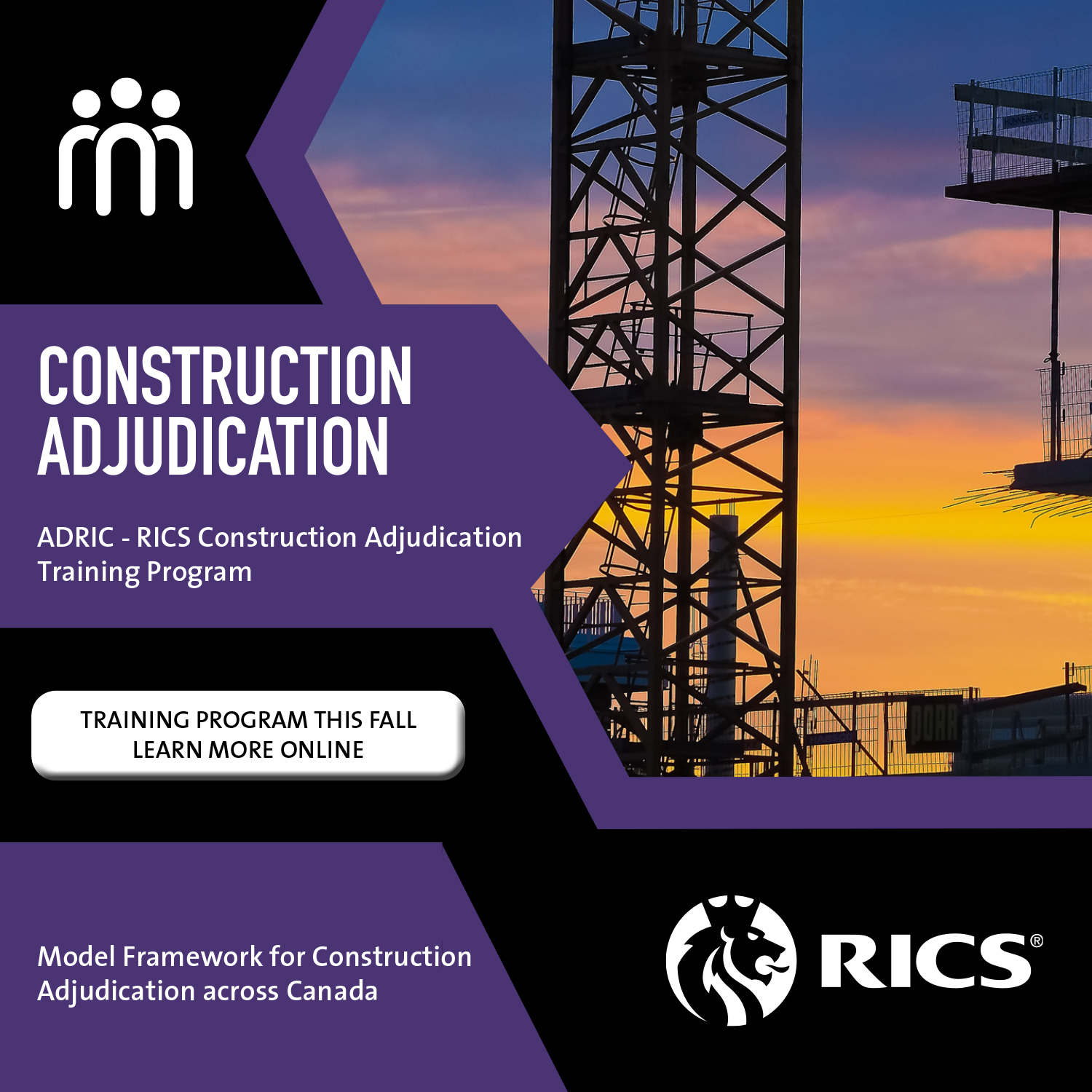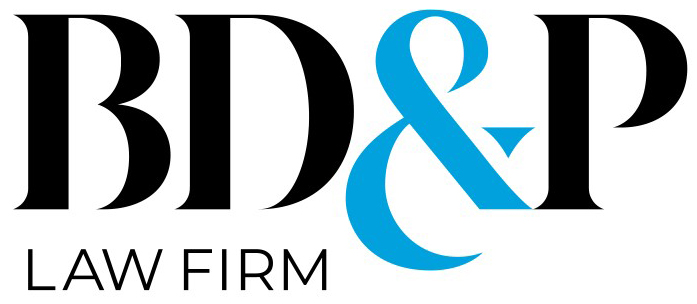Overlapping Arbitration and Litigation: When Can the Court Step In

By Andrew Sunter & Susan Fader
Courts have the power to enforce arbitration agreements and stay litigation in favour of arbitration. But can the reverse be true—can an arbitration be stayed in favour of litigation to avoid a multiplicity of proceedings? This article studies Canadian Natural Resources Limited v Flatiron Constructors Canada Limited, 2018 ABQB 613, where the Court stayed an arbitration and allowed overlapping litigation to proceed first. We explore the risks associated with parallel litigation and arbitration with overlapping issues, including how the Court deals with subrogated claims, litigants who are strangers to arbitration agreements, and concerns and risks inherent in overlapping proceedings.
Canadian Natural Resources Limited (CNRL) contracted with Flatiron Constructors Canada Limited (Flatiron) to design, supply and construct two tailings thickeners at CNRL’s Horizon oil sands site. Flatiron retained numerous subcontractors to perform design, supply, quality control, and other tasks on the project. In May, 2014, during the course of construction, the mechanically stabilized earth walls that held the thickener tanks failed. Extensive remedial work was required to repair the damage.
CNRL and Flatiron could not agree about the cause of the failures or about who should bear the cost of the remedial work. On April 7, 2015, to ensure the remedial work was performed in a timely fashion, the parties entered into a Cost Sharing Agreement (the CSA) whereby Flatiron agreed to carry out the remedial work, both parties agreed to submit insurance claims for the loss and to arbitrate if a shortfall remained.
On May 6, 2016, CNRL and Flatiron (as co-plaintiffs) commenced an action in the Alberta Court of Queen’s Bench against contractors and subcontractors involved in the design, supply and construction of the thickeners (the Court Action). While the parties sought their full respective losses associated with the failures in the Court Action, a portion of their claim was subrogated because each had made insurance claims as per the CSA.
On June 26, 2017, pursuant to the CSA, Flatiron commenced an arbitration against CNRL alone, seeking its full losses associated with the failures (the Arbitration). Because the defendants in the Court Action were not parties to the CSA, they were not parties to the Arbitration.
The result was a multiplicity of proceedings—the Court Action and the Arbitration dealt with the same factual issues and the same losses. But how to resolve it? It is well known that pursuant to the stay provision in domestic arbitration legislation Courts have the jurisdiction to stay litigation in favour of arbitration. But in certain circumstances can the Court do the opposite, and stay an arbitration in favour of litigation?
CNRL thought so. It filed an application in the Alberta Court of Queen’s Bench to stay the Arbitration pending a final determination of the Court Action. It argued that the Arbitration was duplicative of the Court Action because both dealt with the same issues and arose out of the same facts. It also asserted that permitting both the Arbitration and Court Action to proceed posed a risk of inconsistent findings and was likely to result in a waste of resources given that the parties would be required to try the same case twice. CNRL also viewed the Arbitration process as unworkable to determine the cause of the failure because not all of the potentially culpable parties, the defendants in the Court Action, were parties to the Arbitration or would be bound by an arbitrator’s decision. Instead, CNRL asserted that the Court Action, in which all of the potentially culpable parties were involved, should proceed first.
CNRL argued that the Court had jurisdiction to grant the remedy it sought pursuant to s. 6(c) of the Alberta Arbitration Act which reads:
Court intervention limited
6 No court may intervene in matters governed by this Act, except for the following purposes as provided by this Act:
…
(c) to prevent manifestly unfair or unequal treatment of a party to an arbitration agreement;
…
A similar provision exists in other Province’s domestic arbitration acts, except in Newfoundland & Labrador, New Brunswick, Prince Edward Island and British Columbia.
In response to CNRL’s application, Flatiron asserted numerous technical and procedural arguments about the triggering of the Arbitration under the CSA. Substantively, Flatiron also argued that the Arbitration must proceed because all of the claims between it and CNRL were included in the Arbitration. It also maintained that because CNRL was not a defendant in the Court Action, the Arbitration was not duplicative of the Court Action.
Associate Chief Justice Rooke heard the application. He affirmed that the Court had “jurisdiction to stay an arbitration proceeding brought by a party to an existing court proceeding with the same party, so as to avoid wasting resources, and duplicity or multiplicity, where the issues are substantially the same or overlapping”.
Justice Rooke acknowledged that while Courts are normally bound to uphold arbitration clauses, s. 6(c) of the Arbitration Act provided a basis for Court intervention to avoid duplication of proceedings with inextricably linked issues. In making his decision, he also relied heavily on the Alberta Court of Appeal decision in New Era Nutrition Inc v Balance Bar Co, 2004 ABCA 280.
While the application was for a stay of the Arbitration, Justice Rooke distilled the issue down to the “real point”, which was whether the Court Action or the Arbitration should proceed first.
In determining this, he found that the Arbitration could not determine the cause of the failures because not all of the potentially liable entities were parties to it. He also expressed a concern that witnesses from those potentially liable entities may be reluctant to give testimony in the Arbitration, even if subpoenaed, because they may be exposed to jeopardy in the Court Action. Further, while Justice Rooke agreed with Flatiron that the issues in the Arbitration and Court Action were not identical, his view was that they did overlap and that Flatiron was making substantially the same claims against CNRL in the Arbitration that it was making against the defendants in the Court Action. Finally, Justice Rooke agreed that because the insurance claim process had not been exhausted, there was not yet a “shortfall” such that the Arbitration was not yet triggered under the CSA.
Ultimately, Justice Rooke ordered that the Arbitration be stayed pending further order of the Court. He did not foreclose the possibility that the Arbitration could still proceed if there are residual issues remaining after the Court Action concludes. He agreed that continuation of the Arbitration would be oppressive and prejudicial to CNRL and others, and that if the Court Action proceeded first, there may be an ability to avoid overlap and the risks that come with it, such as, duplication of costs, and the risk of inconsistent findings.
This case indicates that while the trend is that the Court generally will uphold an agreement that requires arbitration, there are limits. This case also affirms the plain wording of s. 6(c) of the Alberta Arbitration Act (and may aid in interpreting similar provisions in other applicable provinces), including that Courts may intervene where parties are prejudiced by a multiplicity of overlapping proceedings.
Andrew Sunter is a partner with Burnet, Duckworth & Palmer LLP and is the co-leader of its litigation business group. He has significant litigation and arbitration experience and specializes in complex commercial disputes.
Susan Fader is an associate with Burnet, Duckworth & Palmer LLP. Her focus is on complicated commercial, energy and construction litigation and arbitration.













